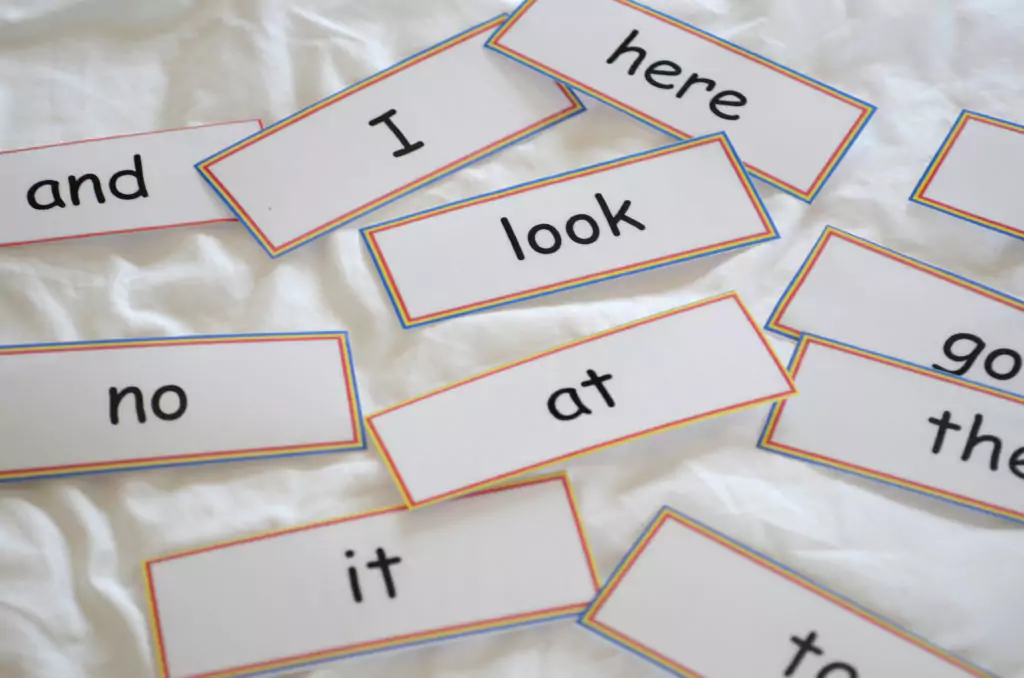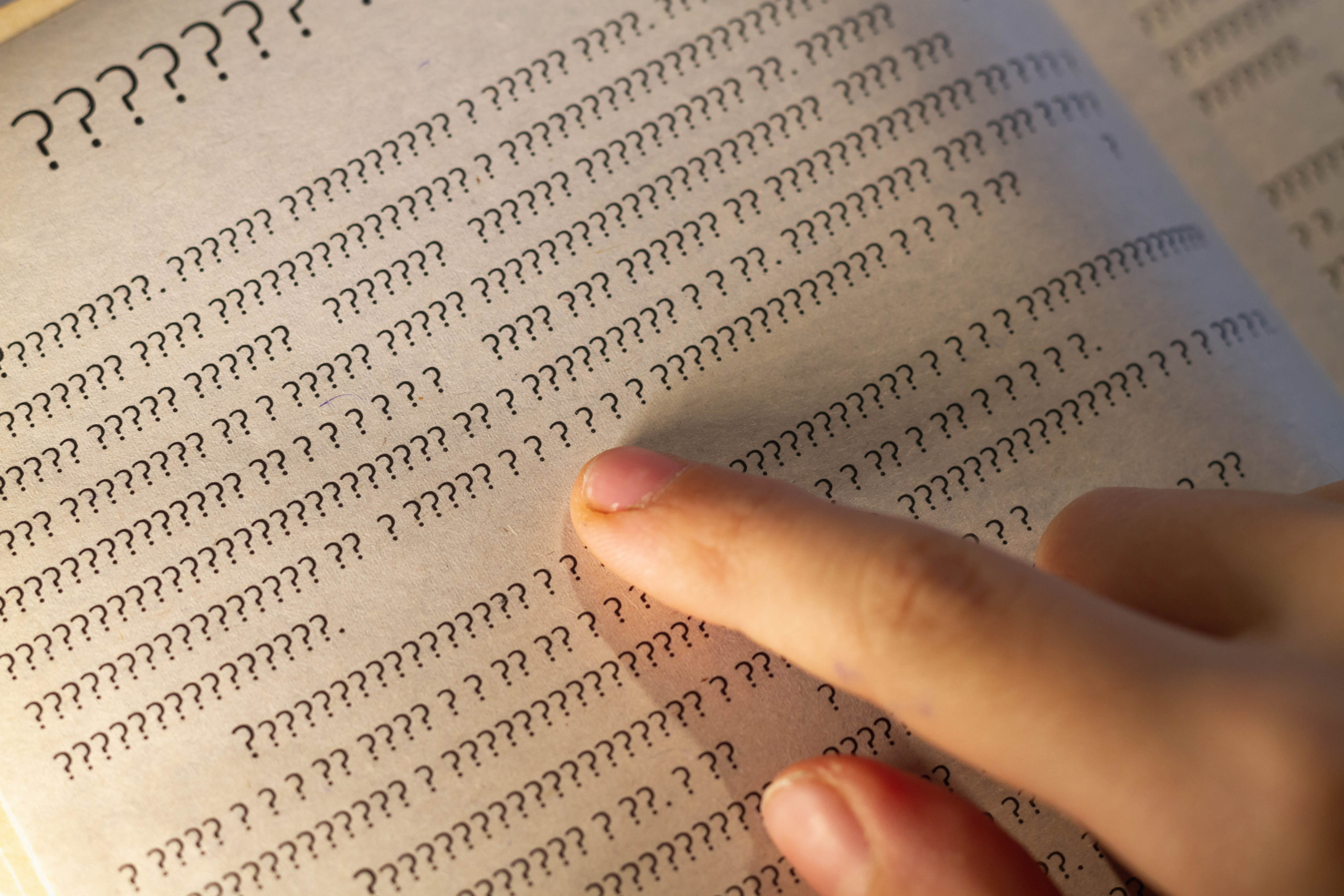
And What Does it Have to Do with Dyslexia?
Orthographic processing has to do with instant word recognition. It allows us to look at a word like “said” and know what it is. It allows us to know when a difficult word like “license” is misspelled. We process these chunks of information visually with orthographic processing.
Orthographic mapping is the process by which these connections are built in our long-term memory. Orthographic mapping is built in stages over time. Children begin with mapping visual pieces of information to memory, later moving to grapho-phonemic as they begin to learn phonemic awareness and letter sound skills. These skills, phonemic awareness and phonics, enable orthographic mapping of language.
Some children have difficulty with orthographic processing. Some may have dyslexia, but not all children with dyslexia have difficulty with orthographic skills. Research hypothesizes that children who have an orthographic processing deficit have trouble with the speed and accuracy of retrieval. This retrieval affects the ability to quickly and accurately pull up the visual representation needed. Children who have this difficulty only are a small subset of children with reading difficulties. It is estimated that only 10-15% of children who have difficulty with reading have this particular challenge 1.
A child with orthographic processing difficulties may have trouble with letter patterns for writing or confuse visually similar words. They may have a difficult time learning to read words that do not follow phonetic patterns, sometimes called irregular sight words. This will later extend to letter patterns or sequences for spelling. As a result, they will spell words phonetically, and will need instruction to move forward in the developmental stages of spelling.
The good news is that this is typically milder than the phonological challenges associated with developmental dyslexia1. The best strategy is to teach the necessary skills explicitly. They will need extra exposures and practice, as well as systematic instruction to build the neural pathways for easier retrieval of information. Students need to know which words should be read by sight. They will benefit from linking root words and their variations. They will need to practice visualization for spelling. These skills should be practiced until the orthographic representations have been established. One program that can be helpful for orthographic processing is Seeing Stars by Nanci Bell. This program used in tandem with phonological processing practice can produce positive results for students with difficulty in orthographic processing. Over time, the orthographic representations will become more firmly established and retrieval of these visual pieces will become more accurate and automatic. Once this information has been orthographically mapped, a child cannot suppress their ability to read that particular word.
LightSail provides practice with application of orthographic processing skills. A child can practice creating the visual images needed for spelling with our spelling modules. These modules include both spelling practice and recognition of incorrect spellings. Words can be selected by a parent or automatically pulled from LightSail’s curated lists. When reading in LightSail’s library, a child will practice identifying sight words in context. If a child needs help with an unknown word, LightSail has voice-to-text for just that word. Or if needed, voice-to-text can be used for that particular sentence or the remainder of the text. LightSail provides gamification for all of its activities, allowing children to set goals and earn badges, making reading and spelling in LightSail a fun and rewarding experience.
1 Moats, L, & Tolman, C (2009). Excerpted from Language Essentials for Teachers of Reading and Spelling (LETRS): The Challenge of Learning to Read (Module 1). Boston: Sopris West.
Posted on 10.Oct.21 in Dyslexia










